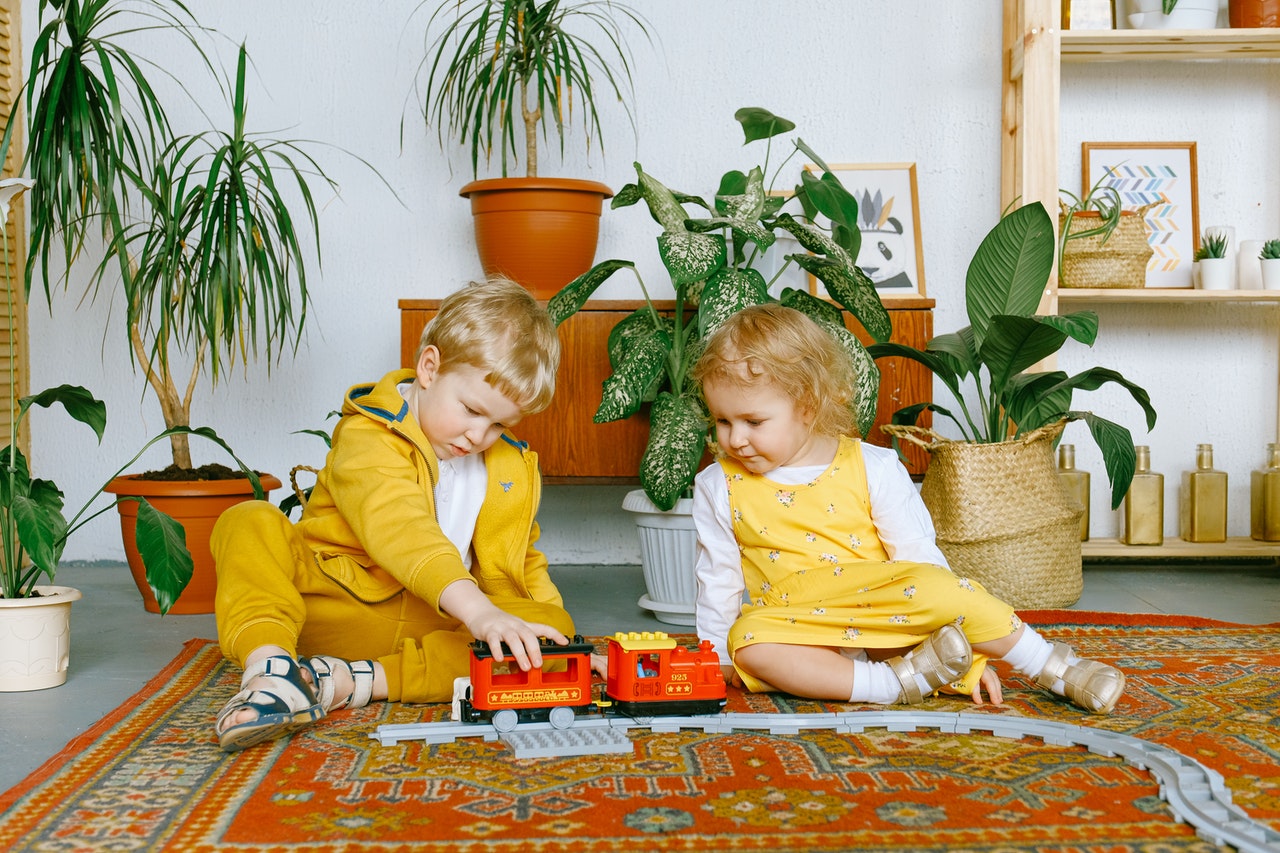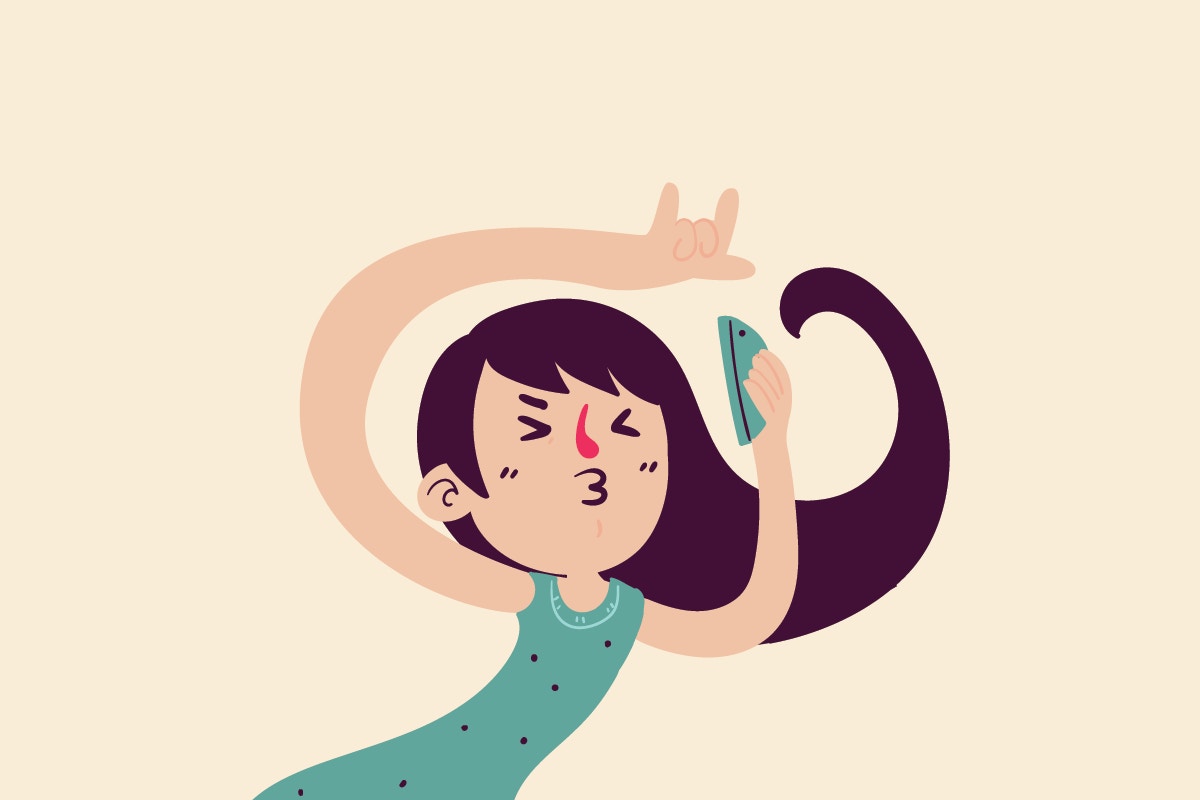Everyone knows that there are glaring differences between girls’ clothes and boys’ clothes. It’s no secret. Stores keep them in different sections, after all! As a feminist and a queer person, I’ve spent a lot of time thinking about gender inequalities for both adults and children.
When I finally became a parent myself, I was determined to give my own child more freedom and more options. I would not dictate what he was “allowed” to wear based on what was between his legs. I prepared myself to offer him boy clothing, girl clothing, as well as more neutral clothing, and let him decide what was best for him over time.
I also prepared myself to deal with the inevitable push-back my family would receive in our gender stratified society.
Yet, just like with basically everything else about parenting, thinking about it beforehand couldn’t possibly prepare me for some of this stuff. As my son and I have entered the world of kid clothes together, I’m continually surprised by how heavily gendered it all is, and the weird ways that manifests.
The clothes fit differently, even in the same size
This was the first thing I noticed that really threw me for a loop. When my kid was a newborn wearing hand-me-downs from a variety of friends and family members, the clothing was heavily gendered, but it was the same stuff underneath. In other words, while each brand offered the usual pinks and blues, a six-month onesie was a six-month onesie.
Sure, one had an airplane on it and the other had a kitten wearing a leopard print dress (who comes up with this stuff?), and the girls’ option might also feature weird ruffles around the sleeves, but that was it. I could say “my kid is wearing twelve-month clothes right now,” and that would remain true, whether we were talking about girls’ clothes or boys’ clothes.
But at some point, that stopped being the case. Once you reach a certain size in many brands (I’ve noticed this particularly with Carter’s and Old Navy, but there are others), clothing intended for boys and the same clothing intended for girls are wildly different sizes.
These days, my child wears a 2T in Old Navy boys’, but if you want to get anything from the girls’ section (he loves sparkles, so sometimes we do), you’re better off choosing a 3T.
Now I know what you’re about to say: little boys are often a bit bigger than little girls. That would make total sense to me, if it weren’t for the fact that the size charts don’t reflect it. I’ve checked them. According the data feeding U.S. size charts, 2T should mean the same thing regardless of which gender we’re talking about, both in pounds and height. The clothing companies disagree.
This means, of course, that if you’re buying clothes according to the chart and according to your child’s gender, your little girls will constantly be in clothing that’s just a little bit too snug.
The garments are often cut differently
In addition to these sizing issues, the shape of clothing for male and female toddlers are completely different even though, at this age, boys and girls are shaped more or less the same. This one has an easy explanation: They’re cut that way to mimic the clothing of male and female adults.
For me, that doesn’t make it any less troubling. Men and women are independent individuals, they have the ability to search for the clothing they want, and their clothing options are at least to some degree based on sexual expectations. A four-year-old doesn’t need to be dressed in what society views as sexy for a 22-year-old.
Why is it that a long sleeve t-shirt from the boys’ section is square and boxy with loose sleeves that allow for plenty of movement, and the same item from the girls’ section has tight sleeves, a plunging neckline, and might even be cinched at the waist?
The necklines in and of themselves pose a huge problem, especially in the wintertime. No toddler needs a shirt cut so low that you can nearly see their nipples, and all that exposed skin gets cold.
The unexpected symbolism of gendered clothing
Princesses are for girls and superheroes are for boys. You knew that already, and if you’re a progressive parent, you’ve probably thought about how ridiculous it is more than once. But the reality is that those big, glaring, differences are just the tip of the iceberg.
Pink and blue might be the easiest things to rail against, but they’re far from the only things that serve as gender markers for our children. Smaller, more insidious, differences are everywhere. And I wonder if some of them might be, well, worse.
A few months back, we received a bunch of handed down clothing all at the same time. Most of it was from boys, so there was a lot of gray and dark blue, but there was also one box of cast offs from a three-year-old girl. One afternoon, while my wife was at work, the kid and I put all the new/old clothes in a heap and sorted through them. He reached into the giant pile of fabric and pulled out a pair of gray tights covered in multi-color hearts. He was instantly in love with them. In fact, he wanted to wear them every day.
This got me thinking about symbolism and gender in a brand new way. We know that our culture expects women and femmes to do the vast majority of emotional labor. What I realized on that day is that clothing intended for little girls is often covered with symbolism promoting that very labor.
Clothing for little boys? Not so much. A heart is an organ we all have, and all children have emotions and need to learn to deal with them. Yet, a heart is a gendered symbol. Little boys get trucks and superheroes and trains and dinosaurs, and all sorts of fun stuff on their clothes…but you’ll be hard pressed to find a boy’s shirt with a heart on it.
Little boys are being told, from a very young age, that feelings don’t matter, or at least shouldn’t matter to them. They’re learning that feelings are for girls alone.
Even the edging on garments are heavily gender coded
Remember earlier when we were talking about onesies? I said the boys’ onesies and girls’ onesies were the same, right? Well, that’s only partly right. I had expected to see onesies for girls with kittens and pink flowers, and onesies for boys with frogs riding motorcycles. I was more or less ready for that, but I wasn’t ready for decorative edges.
The edging for a piece of clothing intended for a boy was plain, but for a girl, it never ever was. Starting in newborn sizes, a multi pack of onesies labeled “girl” featured teeny-tiny bows made of teeny-tiny ribbons with scalloped edging around the neck and sleeves. Baby pants for boys were simple and utilitarian. Girls’ pants featured ruffles or lace around the ankles.
In larger sizes, the trend continues. Girls get ruffles and lace, tiny decorative details constantly differentiating them from their male peers. And while I have nothing against a cute pair of jeans with lacy trim (I’d wear it!), I do wonder about the prevalence of such details. To have nearly all of your clothing – or absolutely none of it – adorned with decorative edging for as long as you can remember is a very particular experience.
The quality of the fabric often differs
I’m going to be honest. Other parents warned me about this one, and I just did not believe them. I’ll repeat, friends of mine who were already parents told me about a marked quality difference between girls’ clothes and boys’ clothes. I thought they were full of crap.
Why? They were mostly the parents of male children, male children who loved “girly” things, and yet they kept putting those children in masculine attire. The pressure to force children to gender conform is enormous, and so when I heard “the boys’ stuff is just higher quality,” I unfairly assumed that some of those parents were grasping at straws.
But let me tell you something. The boys’ stuff is higher quality. The fabrics are thicker, sturdier, and longer wearing. The clothing is less flimsy. It’s also just plain warmer. Shopping for my son on the cusp of winter last year inspired my mother-in-law to say “don’t little girls get cold?”
I’m sure they must! And when they do, their parents have the option of handing them a thin, useless cardigan, or braving the boys’ section for an actual sweater.
Treating children in markedly different ways according to gender lines definitely affects them later down the line. The question is how much, and in which ways. What does it mean for our children if the clothes we put on their bodies – long before they’re able to articulate their own wishes in that department – are so drastically and utterly gendered?
I don’t have all the answers, but the questions continue to unsettle me.



